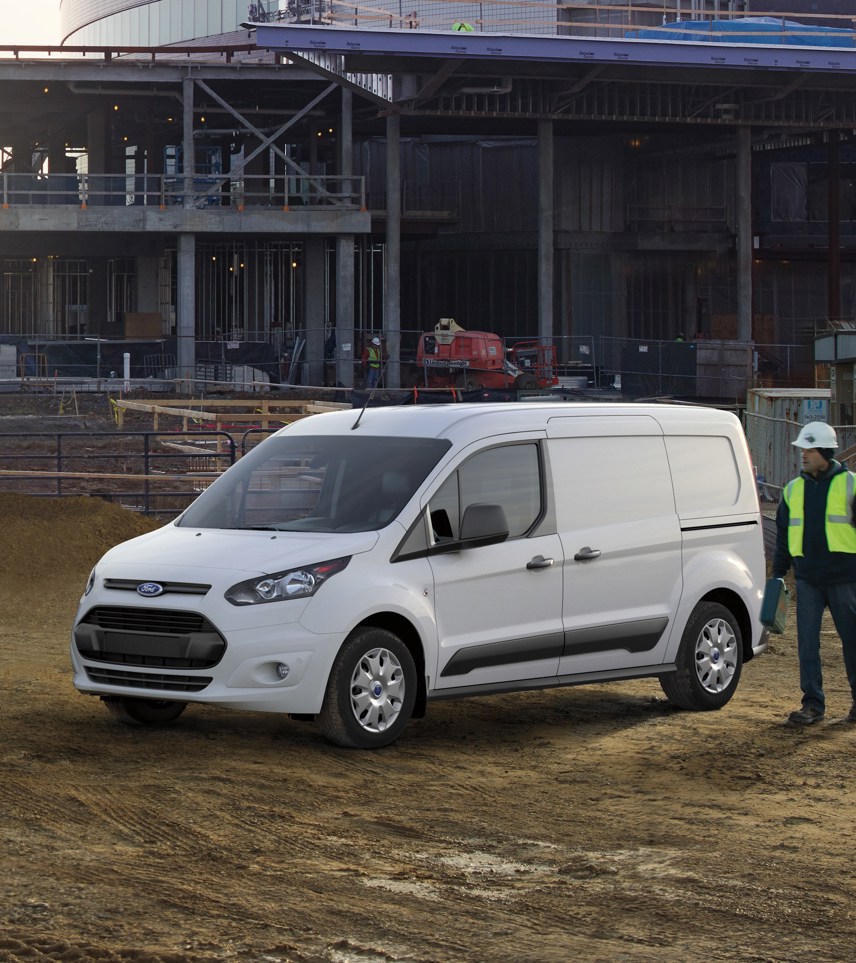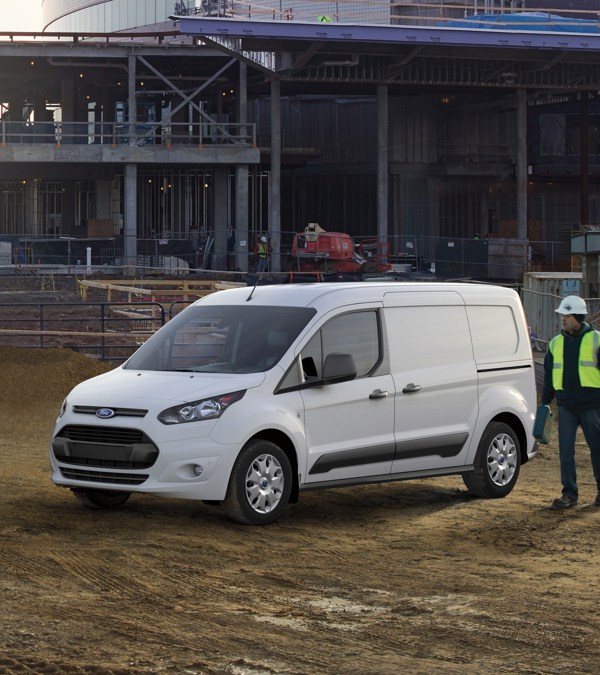Review
The blue oval keeps its hard-to-beat LCVs fresh with several additions to the existing Transit models.
Ford relaunched its entire van range within the space of two years between 2012 and 2014 in a bold – and hugely expensive – move to keep the blue oval ahead of its rivals.
Fortunately, for the manufacturer, the ploy appears to have paid off, as latest sales figures show Ford is taking a staggering 33% of the van market up to 3.5 tonnes gvw, well ahead of nearest contender Volks-wagen, on 11%. That means one in every three vans sold in the UK is a Ford.
But there’s a problem. Assuming that van replacement cycles run, on average, every 10 years, Ford is now standing by launchless as most of the other major players reveal fresh new models to the fleet-buying sector.
The problem has been solved, in part anyway, with the launch of a host of new variants of the existing four Transit grades. This should, theoretically, keep business users looking in Ford’s direction until something completely new comes along.
We were invited to try out some of these new tempters at a ride-and-drive day on the eve of the CV Show at the NEC in Birmingham – and came away re-affirming that when it comes to fleet offerings for commercial vehicle users, the range from Ford is just about unbeatable.
All Ford’s LCVs, apart from Ranger, now come with a Transit moniker – Transit Courier, Transit Connect, Transit Custom and Transit itself. Now, in addition to these basic models, we have such niche extras as the Transit all-wheel drive for tough terrain, the Transit Custom Sport, Transit Custom Tourneo with air suspension and the Transit Connect Sport.
But perhaps the biggest advancement in Ford’s fleet armoury comes with the news that both Transit and Transit Custom will now be available with six-speed auto gearboxes. Costing around £1,200 more than their manual counterparts, these models are available with both 130PS and 170PS engines and also include a stop-start facility as standard along with 16-inch wheels in place of the usual 15-inch ones.
Auto boxes are becoming more and more common in vans, especially for delivery fleets which sometimes carry out hundreds of drops in one day.
Not only is engine wear and tear reduced but, importantly, driver fatigue is minimised too. We tested this new transmission device on a 3.5-tonne LWB hi-roof Transit, mated to the lower-powered engine variant, and were left hugely impressed by the slick, seamless changes and the quiet businesslike manner in which this van transports itself.
It’s a lusty performer, so urban fleets will certainly have no need for the 170PS variant, while even those who eschew auto boxes will be satisfied as there’s a manual mode too, in which gears can be selected via a push button on the side of the gearstick.
Some fleet buyers may scoff at the idea of coughing up a tidy sum extra for vans with auto boxes but if the experts are correct, which they generally are, these vehicles will be increasingly appearing on the market. Iveco, for example, is predicting that one day in the not-too-distant future, it will scrap the manual box on the Daily altogether in favour of automatic transmission.
Bear in mind too, that second buyers are increasingly looking for creature comforts such as this, so that £1,200 could well be recouped when the van is sold.
Another new model which left us with no doubt that Ford is still pulling ahead of its rivals is the new Transit Custom Tourneo complete with eight seats and rear air suspension for a truly opulent ride experience.
It’s not exactly cheap at £26,895 ex-VAT but you get an awful lot of bangs for your bucks, including smart alloy wheels, colour bodyside mouldings and air-conditioning for the rear of the vehicle.
Single seats at the front complete with armrests are complemented by a smart set of two rows of three in the rear, all looking and feeling as though they could have come straight out of a sports car.
The seats can be folded, flipped or removed, dependent on how many people are travelling versus how much luggage has to be carried. While our test vehicle featured a manual gearbox, this variant is available with the aforementioned auto box too, much more in keeping with its upmarket feel.
With 170PS on offer, this van simply flies along. In fact we’d say it is almost too powerful for most business purposes. But, with the added air suspension, the ride and handling are simply streets ahead of anything the bog standard version can deliver. For our test, we took out two passengers to try the ride at the rear and both voted it a winner, even after traversing some bumpy country lanes around Birmingham.
The third new model we tested was the Transit Custom Sport – and while this is not exactly the fleetiest van in the Ford range, it will certainly turn a few heads on the streets, with lots of eye-catching bling, shiny metallic paint and a couple of racey-looking stripes to set it aside from the more mundane models. And, if the general public are looking at this van, they’ll also be catching sight of any advertising that’s on the side of it.
Once again our test model was the top-powered 170PS version and it was a shame we tested it after trying the bigger Transit with the auto box as, having got used to those smooth automatic changes, the manual seemed almost agricultural in comparison.
Verdict: With rivals launching new models, Ford has its work cut out to maintain the huge surge in sales that occurred after it upgraded its entire model range between 2012 and 2014. The new variants on test here help to ensure that the blue oval plugs every single niche gap in the market – an important point for fleet buyers – and with such quality products on offer, Ford now has a range that is close to unbeatable.





 Diesel
Diesel












